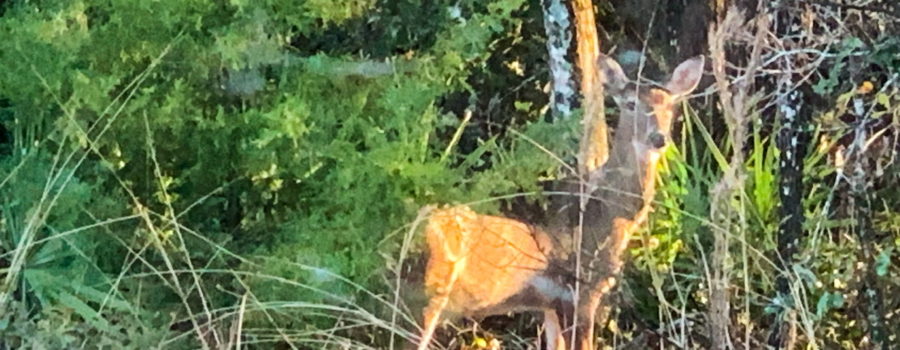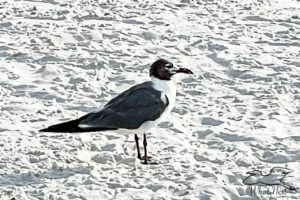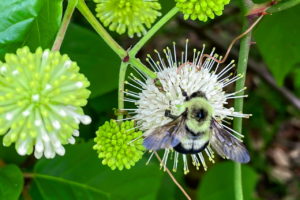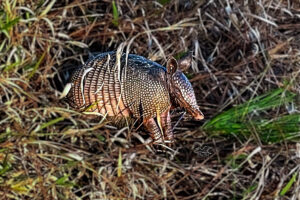There are Three Beautiful Florida Subspecies of Whitetail Deer

Earlier this week we talked about a fairly common eastern United States turtle and more specifically it’s Florida subspecies. But cooters are not the only common eastern species that has one or more Florida specific subspecies. Another one is the whitetail deer. Where the cooter had only one Florida subspecies, whitetail deer have three. They are the Florida whitetail deer, the Florida coastal whitetail deer (this is the subspecies we have where I live), and the famous Florida Key deer. The Key deer are highly endangered and only live in the Florida Keys (specifically Big Pine Key). They are the second smallest whitetail subspecies with males weighing only about 80 pounds and females averaging 65 pounds.

Even though the other subspecies of Florida deer are quite a bit larger than the Key deer, they are still smaller than other types of whitetail deer. Most adult Florida deer are between 80 and 125 pounds, whereas northern subspecies can weigh over 200 pounds. The reason for the size discrepancy is related to temperature tolerance. In colder climates in the north, a larger body size helps to keep animals warm, while down here, the smaller body size is easier to keep cool in hot temperatures. Whitetail deer also change their coloration (to a degree) due to temperatures. In cooler climates, they tend to be darker in color with a thicker coat. Our Florida deer tend to be lighter in color, and definitely have a thinner coat than their northern cousins. Of course, colors can vary from individual to individual, and occasionally true albino deer or piebald deer (mixed brown and white in the normally all brown areas) are seen. Unfortunately, those individuals lose a lot of the camouflage that normal coloring provides, and usually don’t live long in the wild.

My property backs up on the Gothe State Forest, which means that we have quite a bit of wild land around us. Our forest land provides a perfect habitat for whitetail deer, so it is not unusual to see them on our roads, in the woods, or in pastures. Deer prefer wooded areas with low or young underbrush, forest edges, and pasture lands. These types of areas allow them to graze and easily keep an eye out for predators. The forest service occasionally has controlled burns in the state forest lands, which helps to keep the underbrush controlled, making it perfect for deer.

The other evening, I was coming home from a trip into Gainesville. When I went by one of my neighbor’s pastures there were about ten whitetail does in the field grazing. They are relatively used to people and vehicles in our neighborhood, so they only briefly paid me any attention. Had I tried to get out of my truck, I’m sure that they would have taken off quickly, but from the vantage point of the truck I watched them for about half an hour. I got a few photos, but unfortunately, for the most part it was too dark to get good shots. Deer tend to be crepuscular (active around dusk and dawn) which sometimes makes photographing them difficult. They are also very fast, which doesn’t help with taking photos, especially in poor light. I hope to run across them again in better light and maybe got some better pictures. Until then, these will have to do. Does anyone have any good tips for photographing deer?





Recent Comments